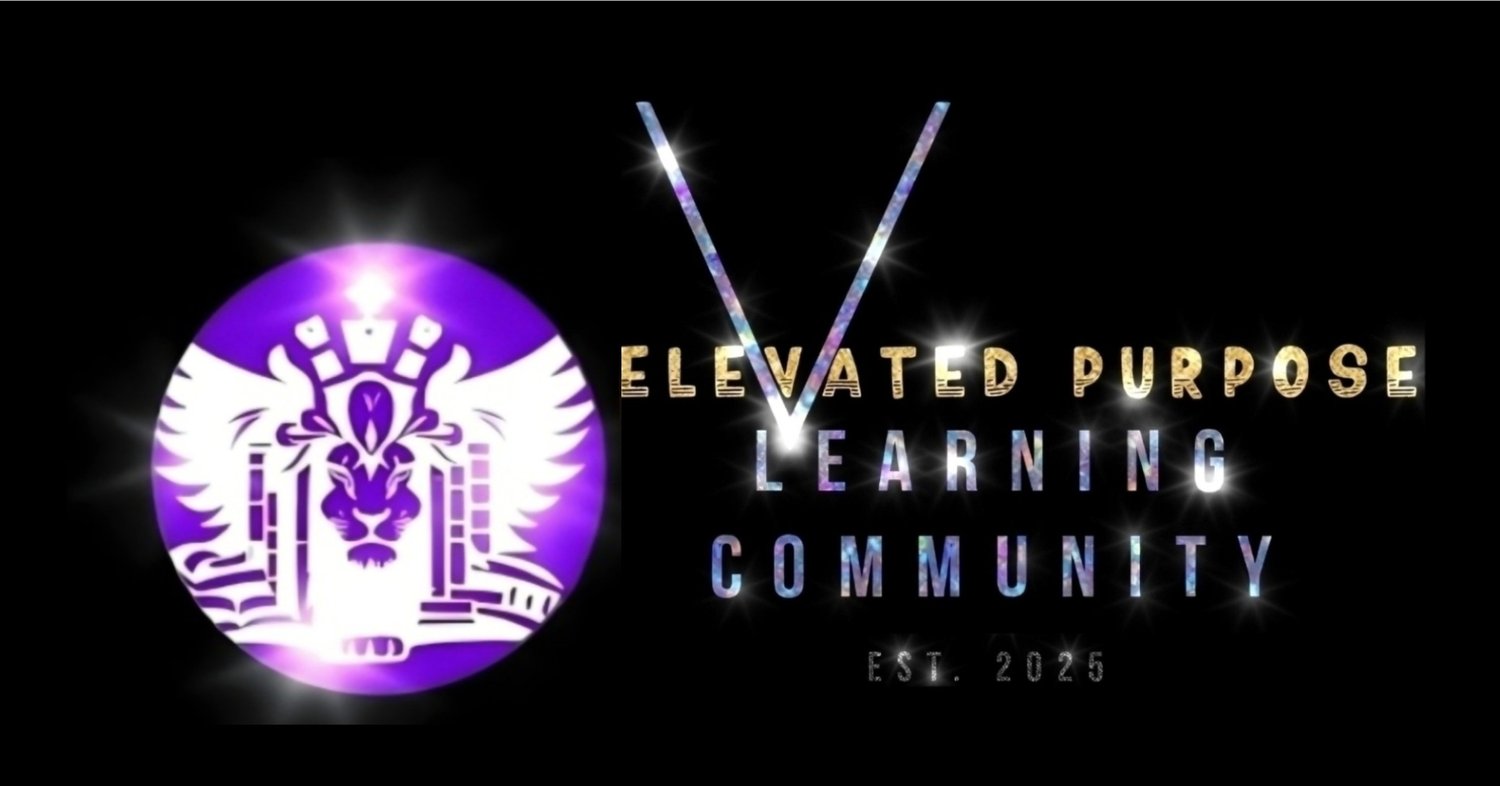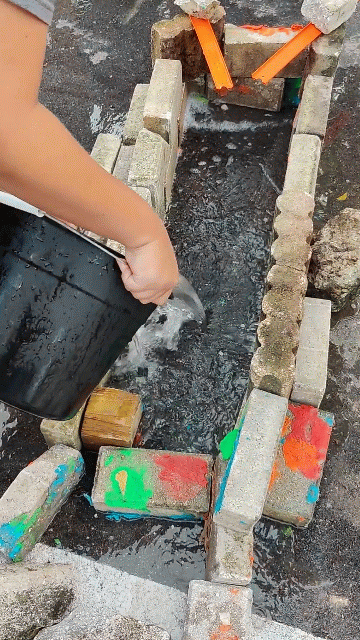
Academics
Learning at a pace that’s right for you
Project-based Learning
Project-based learning is a dynamic teaching method where students explore real-world problems and challenges through structured, hands-on projects. It’s especially powerful for learners because it taps into their natural curiosity and need for active, meaningful learning.
Here’s how it’s used:
Purpose-Driven Projects
- Real-World Problems: Students might design a solution to reduce lunch waste at school or create a campaign to protect a local ecosystem.
- Student Voice & Choice: Kids often pick how to approach the problem—like making a video, writing a storybook, or building a model.
Cross-Disciplinary Learning
- Integrated Subjects: A single project might involve science (e.g., growing a garden), math (measuring growth), writing (journaling plant changes), and art (drawing plants).
- Deep Engagement: It ties together multiple skills in a hands-on context, making learning feel natural and fun.
Role of the Teacher
- Facilitator: Instead of leading lectures, teachers guide students through the process, ask thoughtful questions, and encourage reflection.
- Assessment Through Process: Students are often assessed not just on the final product, but on collaboration, critical thinking, and persistence.
| Project Idea | Subjects Involved | Skills Developed:
| Create a classroom zoo | Science, Math, Art, Writing | Research, teamwork, design, presentation |
| Build a weather station | Science, Math, Technology | Data collection, analysis, observation |
| Community helper interview project | Social Studies, Language Arts | Communication, empathy, writing |
Benefits of Project-based Learning:
Builds critical thinking, creativity, and communication
Makes learning engaging and relevant
Encourages problem-solving and perseverance
Helps students learn by doing — not just memorizing
Project-based learning not only deepens understanding but gives students a sense of purpose and pride.

